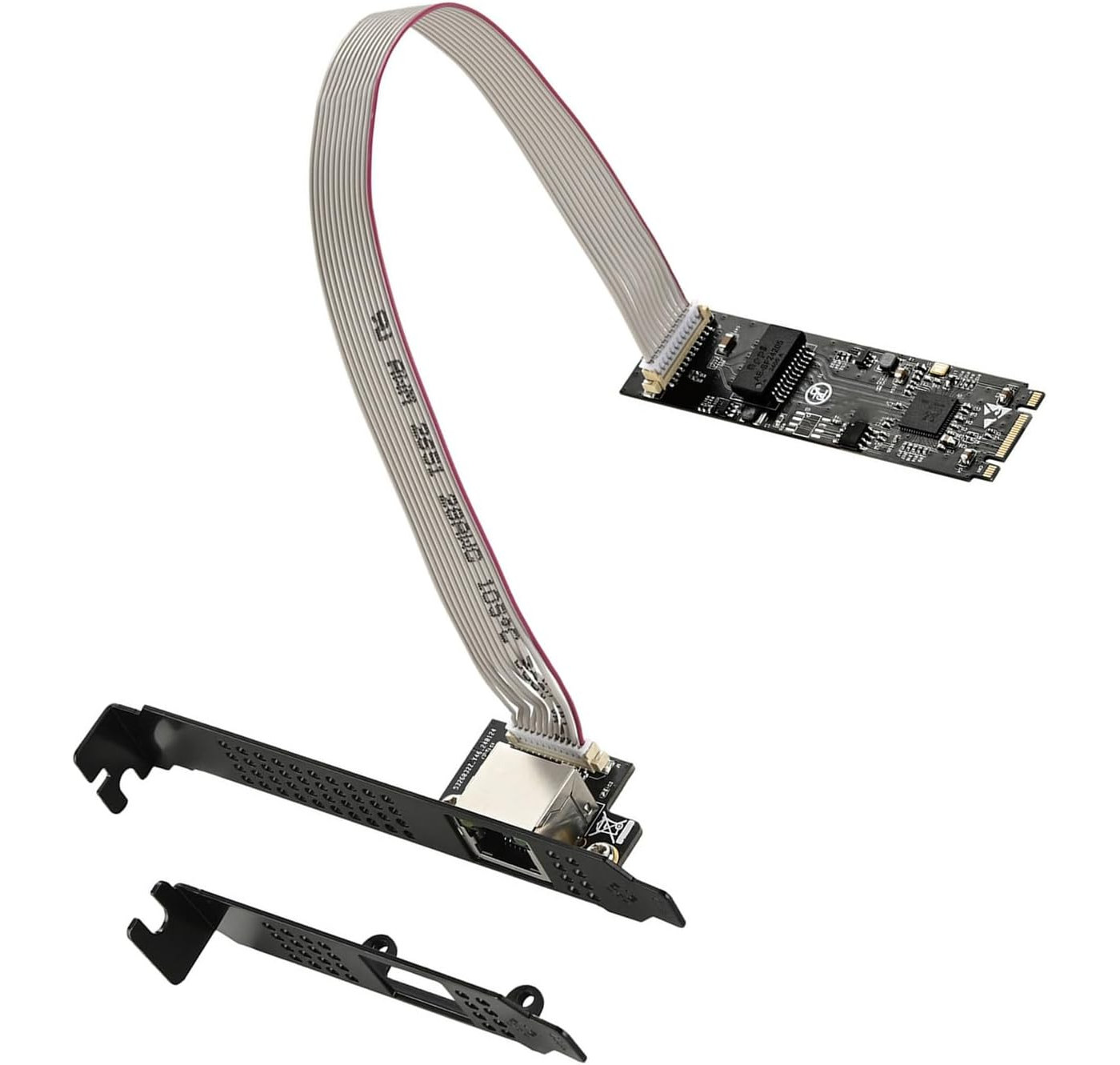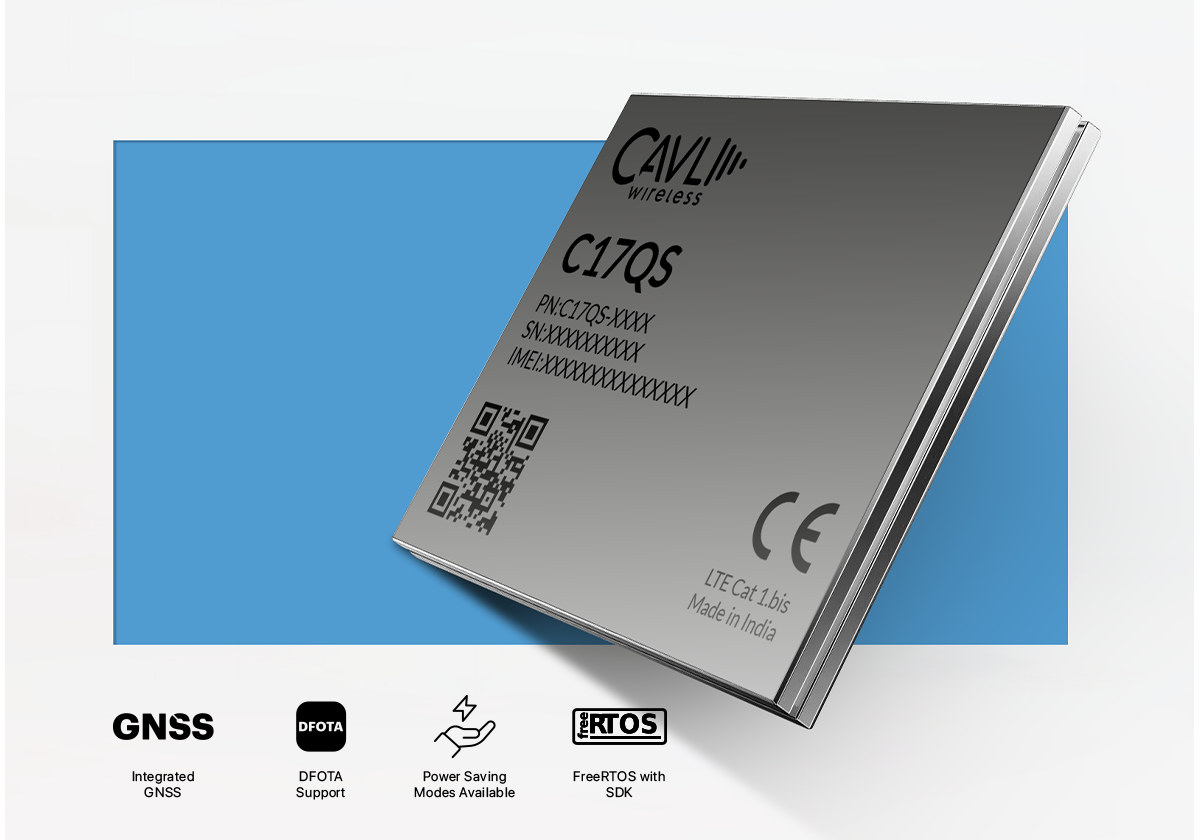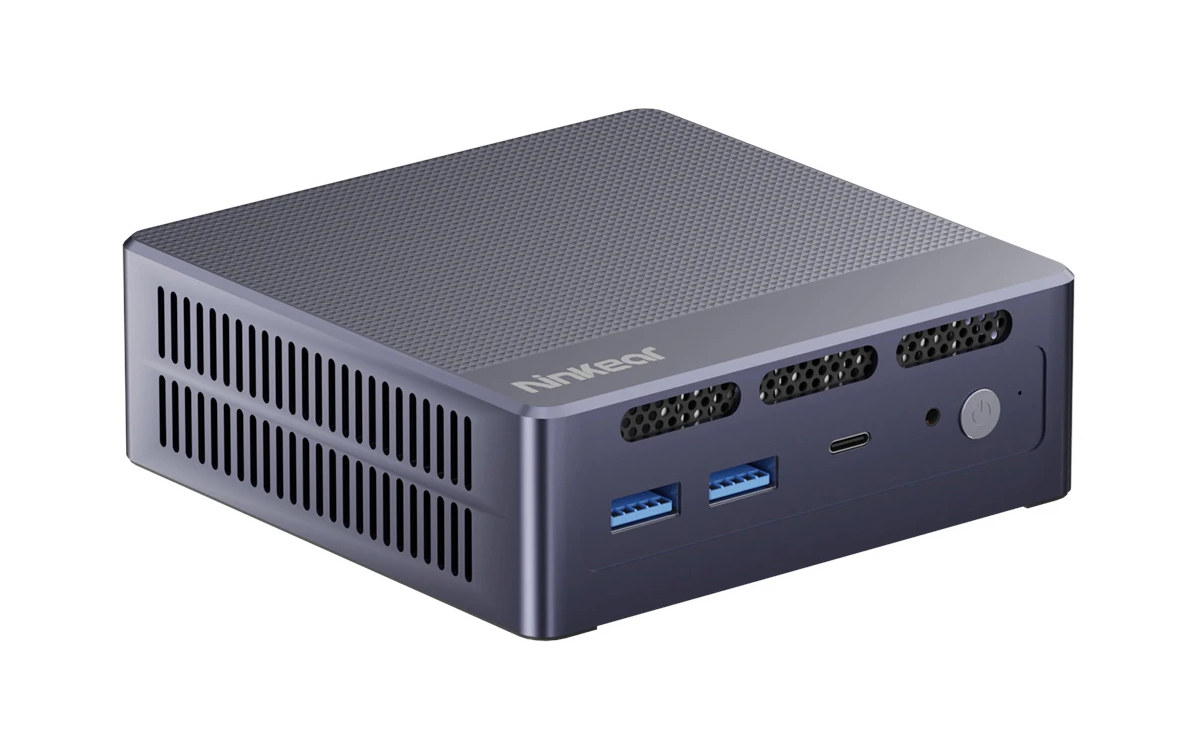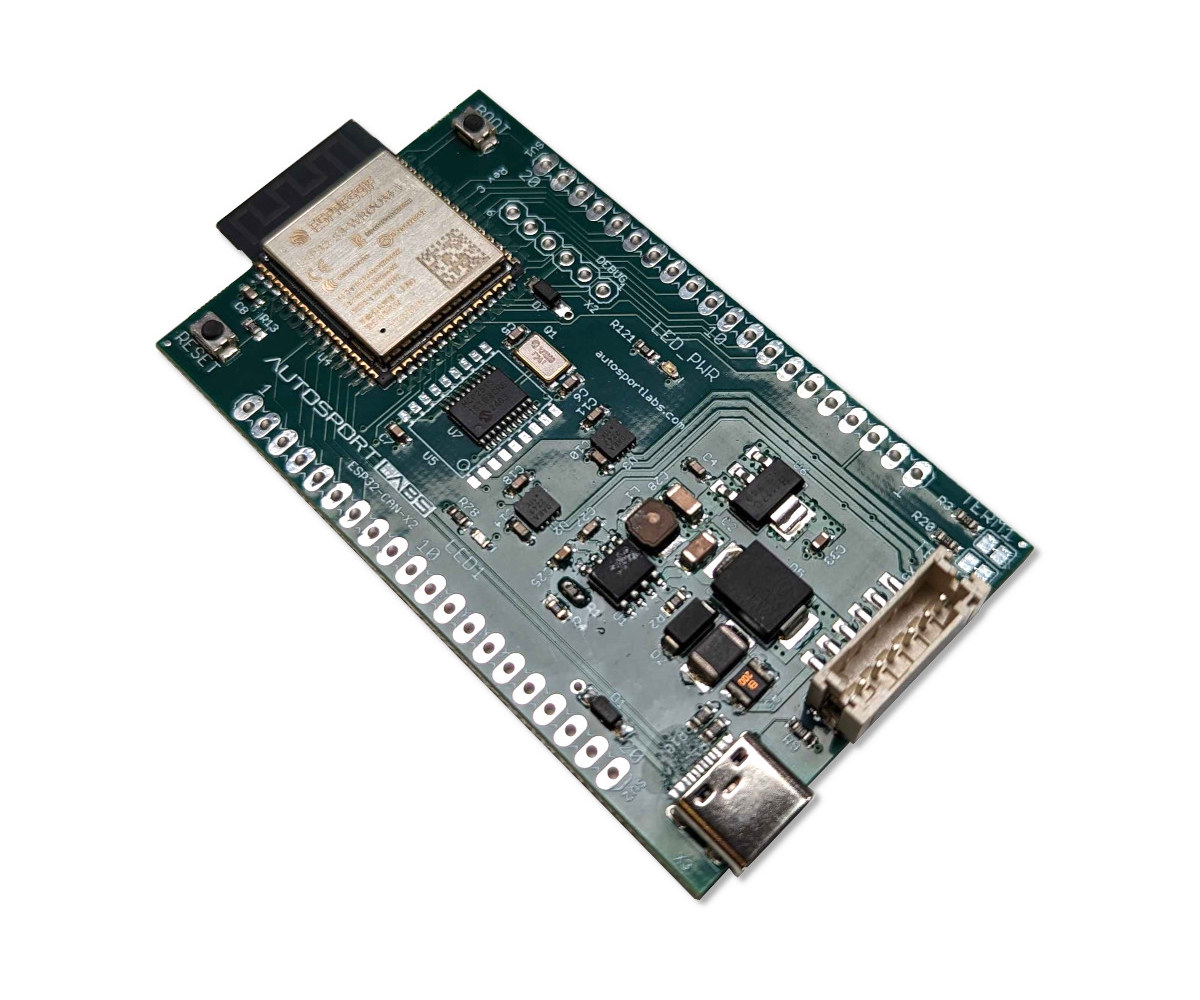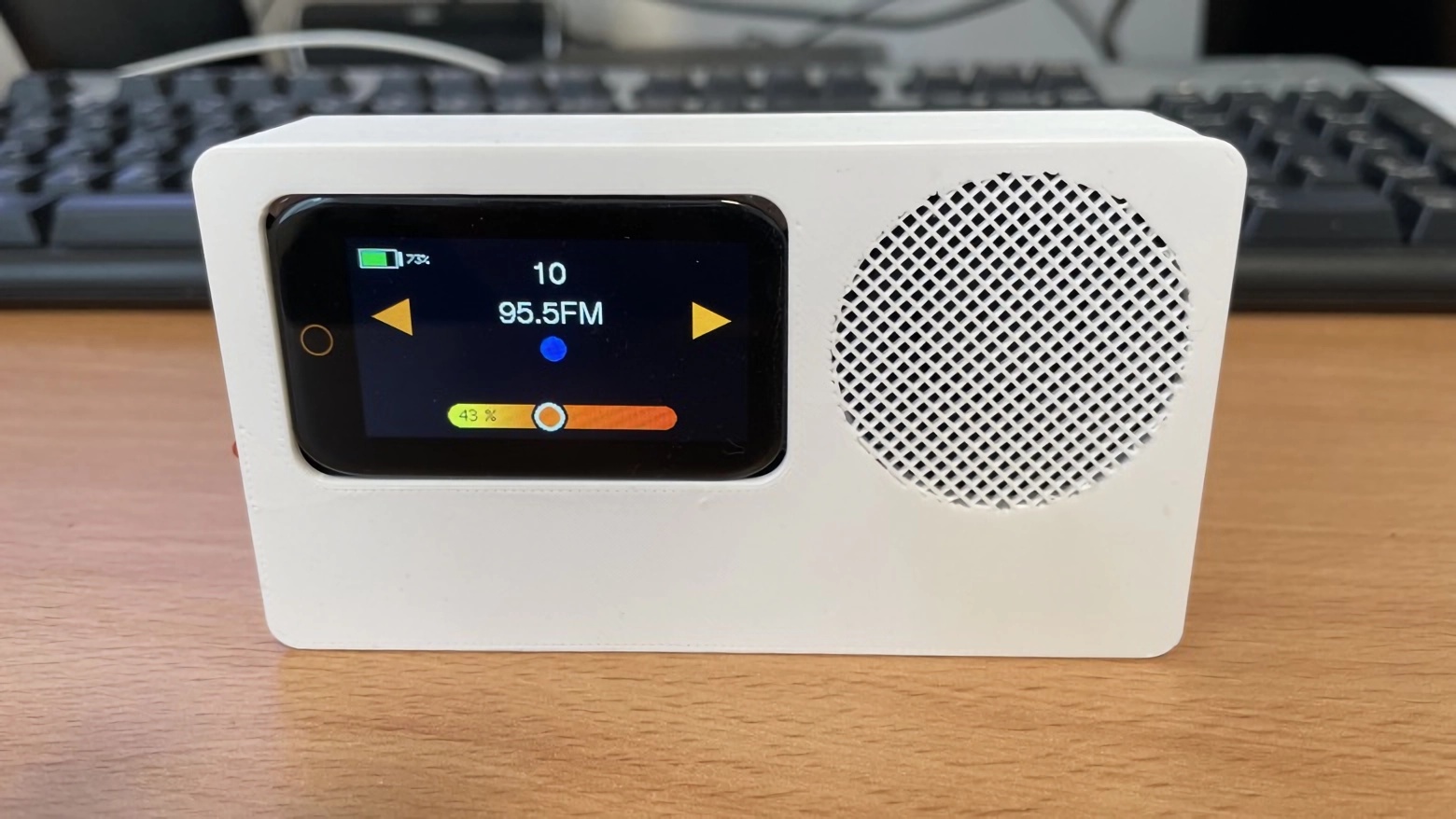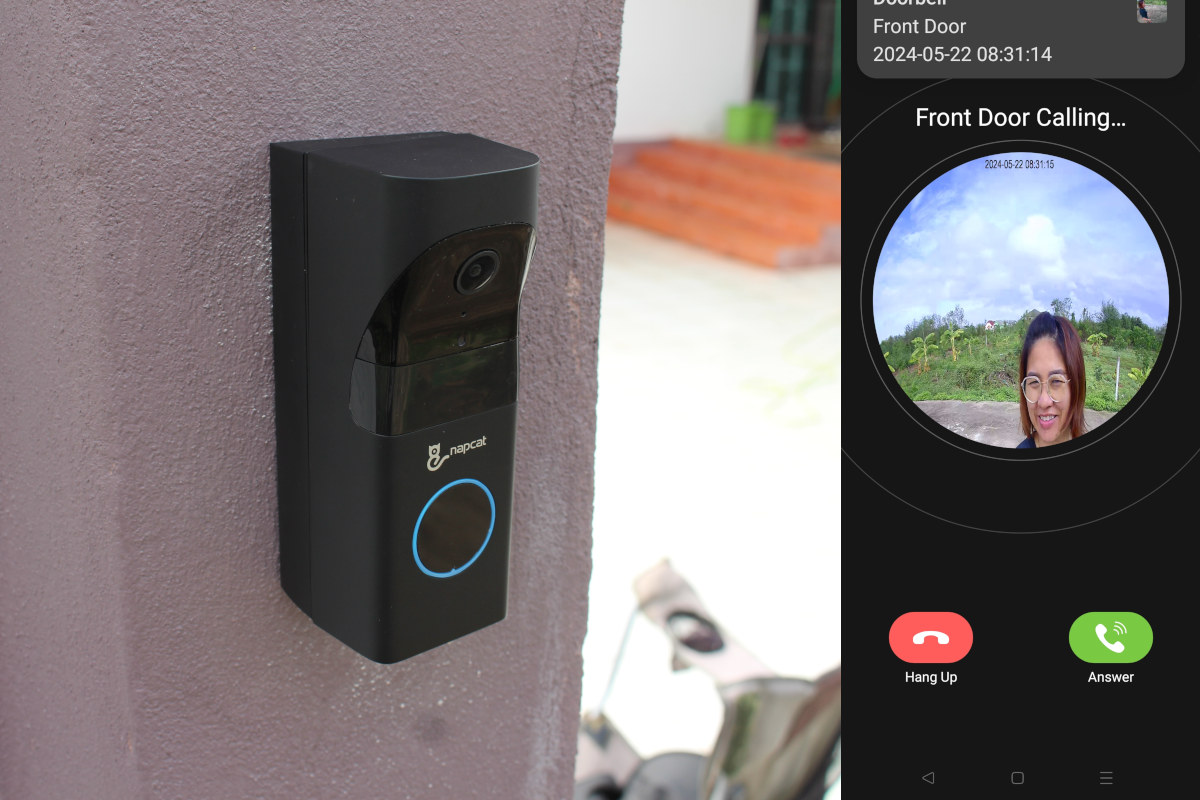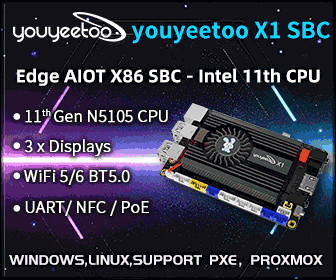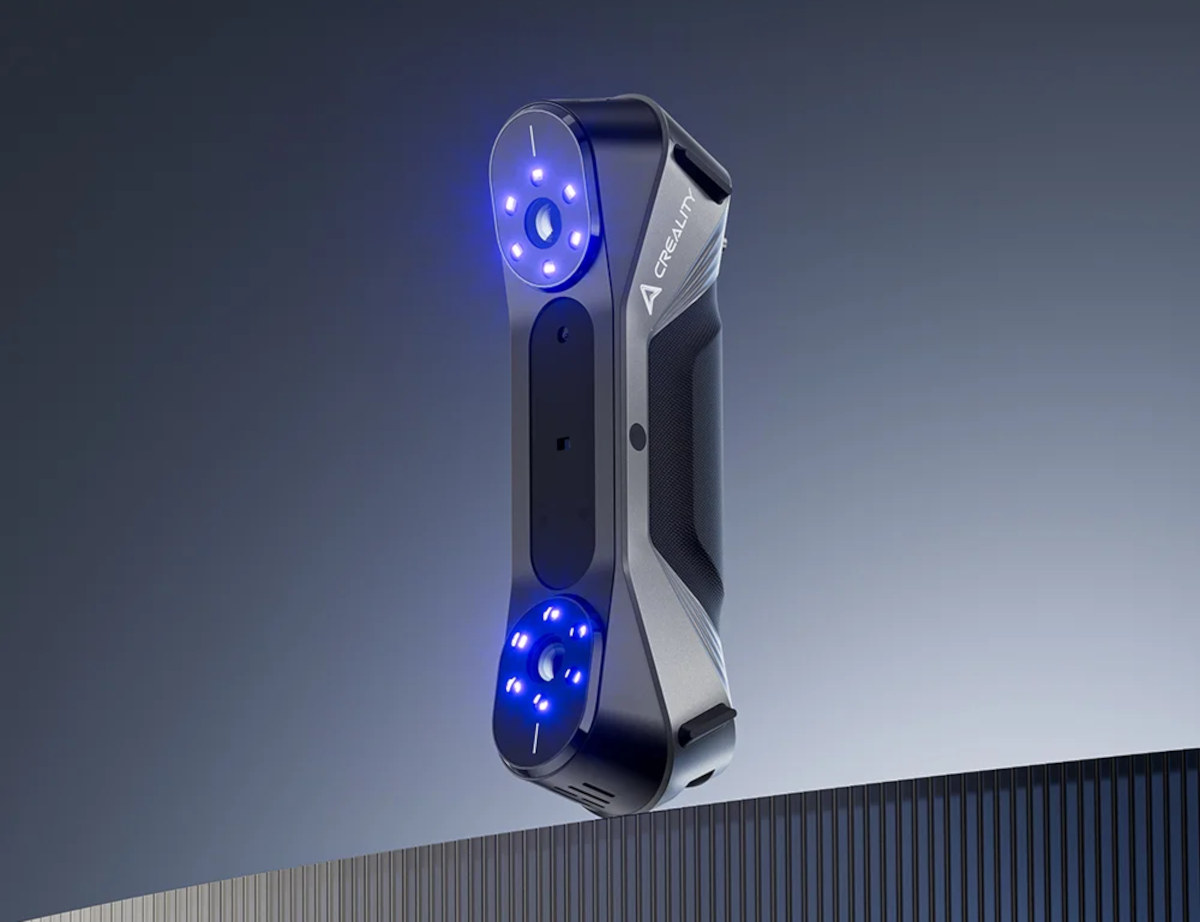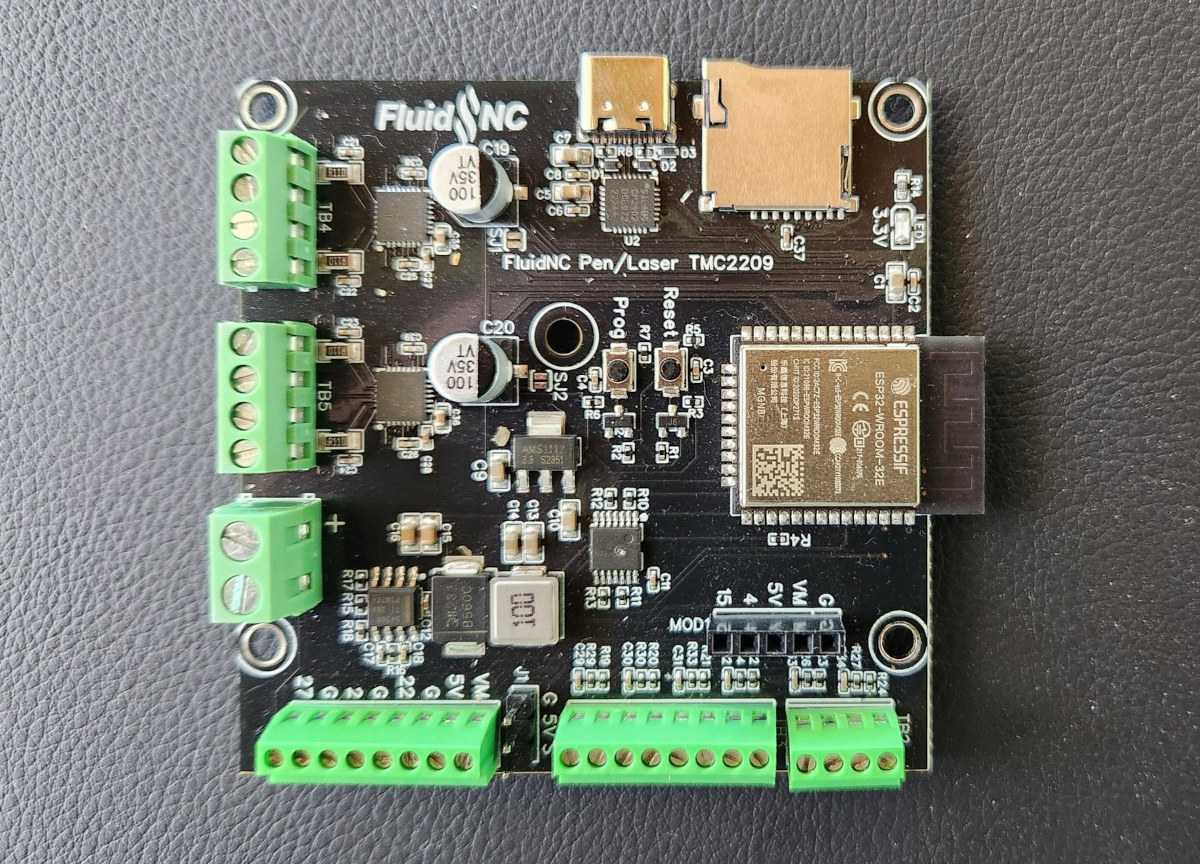The low-power RealTek RTL8126(-CG) PCIe 3.0 x1 to 5GbE controller was unveiled at Computex 2023 last year, and a few M.2 modules and PCIe cards are now available at very competitive prices. The first module that came to my attention was the “5000Mbps Networking Card B+M Key to PCIe Adapter” from STDEV sold for $27 on Amazon (where there’s also a 7% discount) that’s an M.2 PCIe module with a ribbon cable that is connected to a board with an RJ45 jack attached to a PCIe bracket. There’s limited information about it, and it was just added to Amazon on June 8, so there aren’t any user reviews just yet. But earlier today, Jiri Brejcha informed us he had tested a similar card (might even be the same) from Iocrest with a Raspberry Pi 5 and a Pineboards HatDrive BM1 HAT+ managing to reach 4.7 Gbps transfer speeds in both […]
Cavli C17QS Cat 1.bis cellular IoT and GNSS module offers more memory, global support, a new FreeRTOS SDK
Cavli Wireless C17QS is a Cat 1.bis cellular IoT and GNSS module that builds up on the Qualcomm QCX216-powered C16QS Cat 1.bis Cellular IoT module introduced last year, with more memory (2MB RAM) and storage (8MB flash), a wider range of LTE bands, multi-band (L1 and L5) GNSS, and a new FreeRTOS SDK for more flexibility compared to the C16QS. The Cavli C17QS Cat 1bis module is designed around a Qualcomm QCX217 Arm Cortex-M3 microcontroller clocked at up to 306MHz clock speed and running FreeRTOS real-time operating system. The module features a range of interfaces including UART, USB 2.0, USIM, SWD, ADCs, I2S, I2C, SPI, and GPIO pins. The new module is pin-to-pin compatible with the C16QS module for easier design upgrades. Cavli C17QS specifications: Wireless IC – Qualcomm QCX217 Arm Cortex-M3 @ 306 MHz, cellular modem-RF Memory – 2MB RAM Storage – 8 MB flash Cellular connectivity LTE CAT […]
Ninkear N9 mini PC with Intel Processor N95 CPU, 8GB RAM, 256GB SSD goes for $123 / 149 Euros
Ninkear N9 is an inexpensive mini PC powered by an Intel Processor N95 quad-core Alder Lake-N processor that sells for just around $123 shipped on AliExpress with 8GB RAM and a 256GB SSD. European readers will also find it on GeekBuying for 149 Euros shipping from the company’s European warehouse. The mini PC supports three independent displays through HDMI, DP, and USB-C connectors, comes with a 3.5mm audio jack, offers gigabit Ethernet and WiFi 5 connectivity, and four USB 3.0 ports for expansion. Ninkear N9 specifications: SoC – Intel Processor N95 quad-core Alder Lake N-series processor @ up to 1.10 GHz / 3.4 GHz (Turbo) with 6MB cache, 16EU Intel HD graphics @ 1.20 GHz; TDP: 12W System Memory – 8GB DDR4 Storage – 256GB M.2 SSD (Unclear whether SATA or NVMe) Video Output HDMI port up to 4Kp60 DisplayPort connector up to 8Kp60 USB-C via DisplayPort Alt mode up […]
Autosport Labs ESP32-CAN-X2 board combines two CAN bus transceivers with automotive-grade power supply
Autosport Labs, a company that makes products for motorsport acquisition and real-time telemetry, has launched the ESP32-CAN-X2 board with an ESP32-S3 microcontroller, two CAN bus interfaces, and an automotive-grade power supply with a 6V to 20V DC input range. ESP32 boards with CAN Bus have been around for years starting with the Olimex ESP32-EVB Board which we covered in 2017, and followed by boards such as the CAN32 board, CanLite ESP32, or RejsaCAN-ESP32-S3. The ESP32-CAN-X2 adds another option with ESP32-S3 and two CAN Bus interfaces. ESP32-CAN-X2 board specifications: Wireless module – ESP32-S3-WROOM-1-N8R8 MCU – ESP32-S3 dual-core Tensilica LX7 microcontroller up to 240 MHz with 384KB ROM, 512KB SRAM, 16 KB SRAM in RTC Memory – 8MB PSRAM Storage – 8MB flash Wireless – WiFi 4 and Bluetooth LE 5 PCB antenna USB – USB Type-C port for flashing and power CAN Bus 6-pin header for 2x CAN V2.0B communication 1x […]
ESP32-S3-based kit allows you to build an Internet Radio with a touchscreen display
The ESP32 Internet Radio from Poland-based maker, The MicroMaker, is a simple hardware kit that combines the LilyGo T-Display S3 Development board with an I2S audio breakout module and other components to form a radio that can access and stream from online radio stations. With the ESP32 Internet Radio, you are not limited to the radio stations available in your immediate vicinity. It is powered by the LilyGo T-Display S3 which integrates the network-capable ESP32-S3 microcontroller (Wi-Fi + BLE 5), a 1.9” full-color capacitive touchscreen display, and two programmable buttons. The ESP32-S3’s integrated Wi-Fi capability allows the radio to connect to the Internet, and the touchscreen brings an intuitive and easy-to-use interface to the device. It supports up to 512 stored radio stations, and you can manage these stations from a web browser on your PC or mobile phone. The Internet Radio can be powered by an 18650 Lithium-ion battery […]
NapCat Smart Video doorbell review – A battery-powered dual-band WiFi video doorbell with AI features
NapCat R112 is a 5MP video doorbell with dual-band 2.4/5GHz WiFi, AI features such as human and package detection, 2-way audio, and no subscription. It’s waterproof – rated IP65 – so it can be used outdoors, and powered by either a built-in battery or traditional wires. The company sent me a sample of the Napcat R112 for review. I’ll check out the camera in battery-powered mode only in this review, install it on the wall close to the gate of my house, and use the Napcast Android app to access the camera and answer calls. Napcat video doorbell unboxing The retail package shows a photo of the (white) base station and (black) camera and lists some of the main features such as a wide-angle camera, dual-power option, on-device human detection and package monitoring, and dual-band WiFi. There’s no monthly fee to pay to use the device after purchasing it. The […]
Get Creality CR-Scan Raptor 3D scanner for 10% off for Father’s day 2024 (Sponsored)
Father’s Day is just around the corner, and an ideal gift for a dad may be the Creality CR-Scan Raptor 3D scanner especially since it is now sold for 10% off when using RAPTOR100 discount coupon code. Creality is better known for its 3D printers, but the company is now also selling a 3D scanner as a perfect companion for a 3D printer, and the Creality CR-SCan Raptor 3D is capable of scanning objects up to 2x2x2m. This advanced 3D scanner supports two scan modes namely 7-line Blue laser and infrared binocular structure light (NIR) depending on the required accuracy, frame rate, and model size as we’ll detail in the specifications below. Creality CR-Scan Raptor 3D scanner specifications: Scan modes 7-line Blue laser Accuracy – Up to 0.02mm 3D Resolution – 0.02 – 2mm Scanning Speed – Up to 60fps Single Capture Range – 270x170mm @ 300mm Working Distance – […]
ESP32-based CNC controller board targets pen plotters and lasers, runs FluidNC open-source firmware
FluidNC “TMC2209 Pen/Laser CNC Controller” is an ESP32-based 2-axis CNC controller that runs FluidNC open-source firmware and takes up to two TMC2209 stepper drivers to drive pen plotters and laser engravers ESP32 wireless modules have been used in a range of 3D printer and CNC controllers for years with boards such as Grbl_ESP32 CNC breakout board, Phi MainBoard 5LC 3D printer controller, and the Makerbase MKS DLC32 board we found in TwoTrees TS2 laser engraver and TTC 450 CNC router running MKS-DLC32-FIRMWARE open-source firmware. The FluidNC TMC2209 Pen/Laser CNC Controller offers yet another option and a different open-source FluidNC firmware that is an evolution of the firmware for the aforementioned Grbl_ESP32 that also happens to work on the MKS DLC32 board… FluidNC “TMC2209 Pen/Laser CNC Controller” specifications: Wireless module – Espressif Systems ESP32-WROOM-32E ESP32 dual-core microcontroller 4MB flash 2.4 GHz WiFi and Bluetooth LE connectivity, built-in PCB antenna Storage – MicroSD […]


